
How to Tie-Dye in 10 steps
The trend of last season known by Hippies, ancient Egyptians and English punks
March 21st, 2019
We are in the 60s, the desire for freedom, psychedelic drugs, and the Hippie culture spreads a particular method of dyeing clothes, very colorful, spontaneous, that described the mood and the philosophy of that youth movement, born in the United States and then spread into Worldwide. This is the Tie-Dye, which allows you to create colorful items by exploiting the spontaneity of pigments on the canvas. From a culture of rebellion and freedom, the Tie-Dye soon turned into a possibility for the big brands, who are using it for their collections since last summer. Tie-Dye has not only adapted to street brands as Wacko Maria, Gosha, Stüssy, BAPE or for the collaboration between adidas and Pharrell Williams. Even Burberry, Comme des Garçon, Stella Mc Cartney, Saint Laurent, Louis Vuitton and Prada have applied the style widespread during the "Summer of Love" to jackets and dresses. The novelty is not only to have shifted the influence from a youth and street culture to a more codified one, like that of the big brands, but also new experimentation on different fabrics, such as leather or denim.
The Tie-Dye as mentioned is an evolution of the resist-dyeing technique, known perhaps even at the time of the Egyptians but developed more consistently in China, Japan and India starting from 600 AD. The effect is achieved by tightly binding a skein, immersed in the color, so that the pigment reaches the fabric, except some areas of the original color of the tissue, giving a controlled but spontaneous effect. In some cases, the fabric is covered with resins or wax, which isolates preventing the color from acting. The Ikat, Chinè, Plangi or Shibori methods create very refined and more controlled effects compared to the Tie-Dye, widespread since the 1960s and taken up, before today, also by the 80s English punk culture. Compared to more sophisticated techniques, the Tie Dye uses primary and brilliant colors, creating large designs with a strong visual impact.
Homemade Tie-Dye
In origin the technique was born popular, the first colors and corrosive agents were taken from domestic use, such as bleach, which creates effects very similar to those of dyes. This is why we want to explain to you how to make your Tie-Dye shirt in 10 simple steps.
There are many dyeing techniques, you can produce real designs or a crinkle effect, in which more colors can be used, creating a truly fascinating symmetrical effect. However, the rainbow spiral is the easiest effect to make, the most used by designers and hippies.
1- Take a shirt, better white. With other clothes, the operation is possible but more complicated.
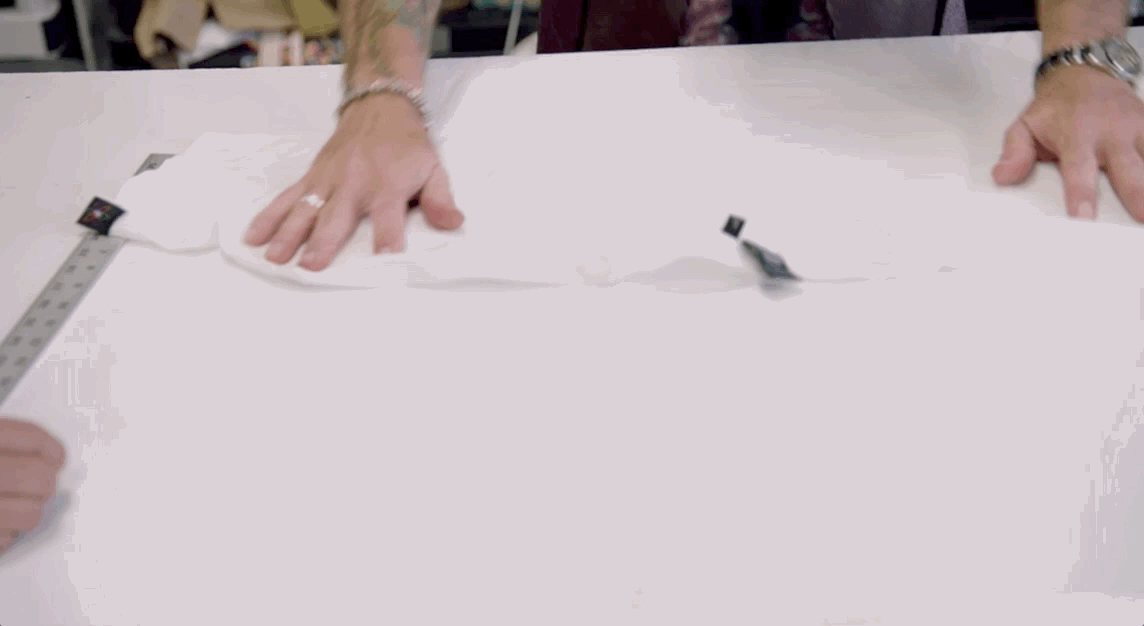
2- Prepare the colors suitable for the fabrics. They are easy to find in craft stores, both in liquid and powder form.
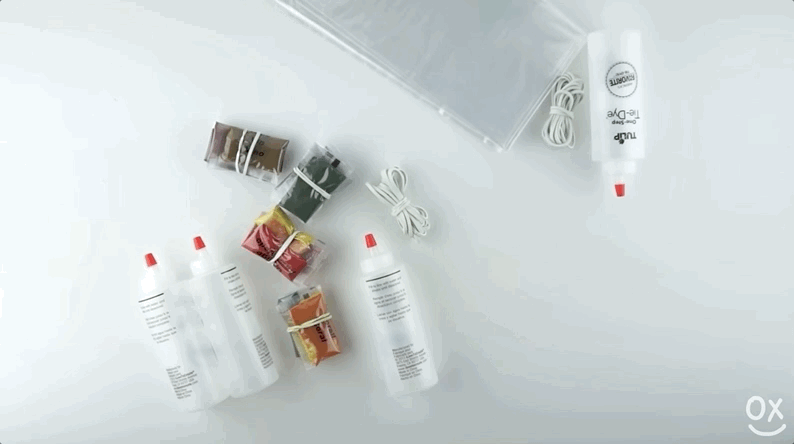
3- Lay the shirt on a work surface. Choose the point from which you will want to start the spiral and start rolling the tee all around that point.

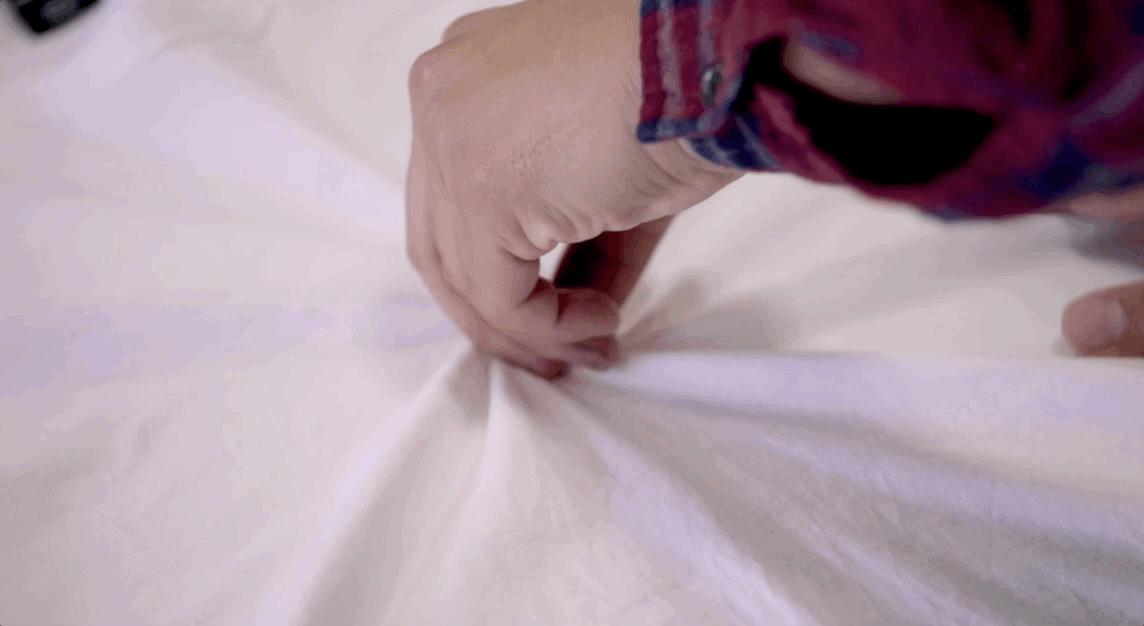
4- Tie the skein with strings or elastic bands to get a tight and compact shape.

5- Divide the surface into segments, they will be the number of colors in your spiral. The classic one has 6.
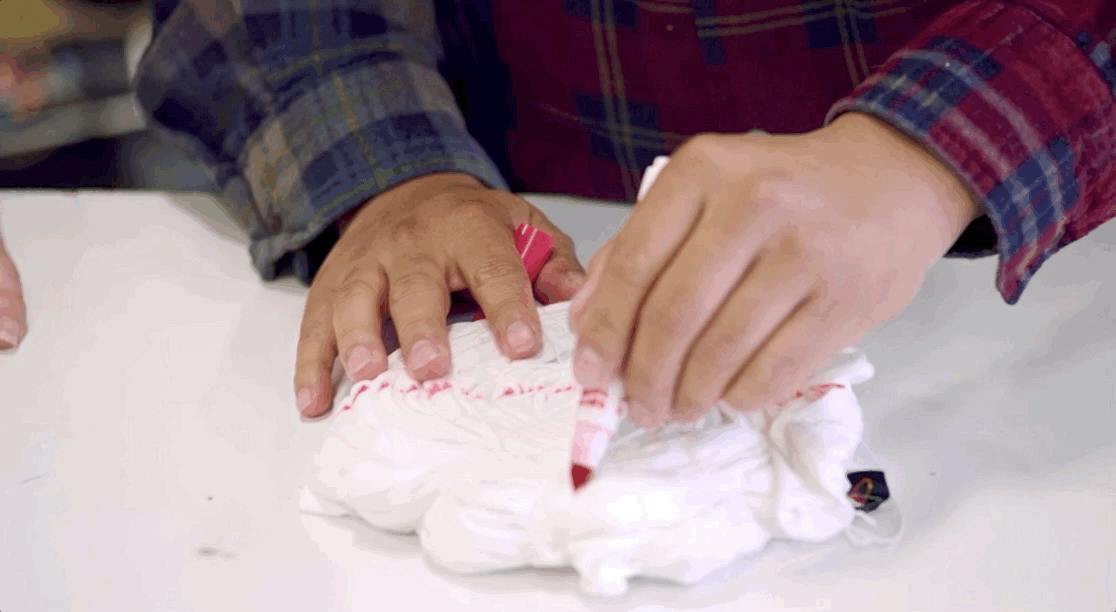
6- Proceed to dye, on both sides.
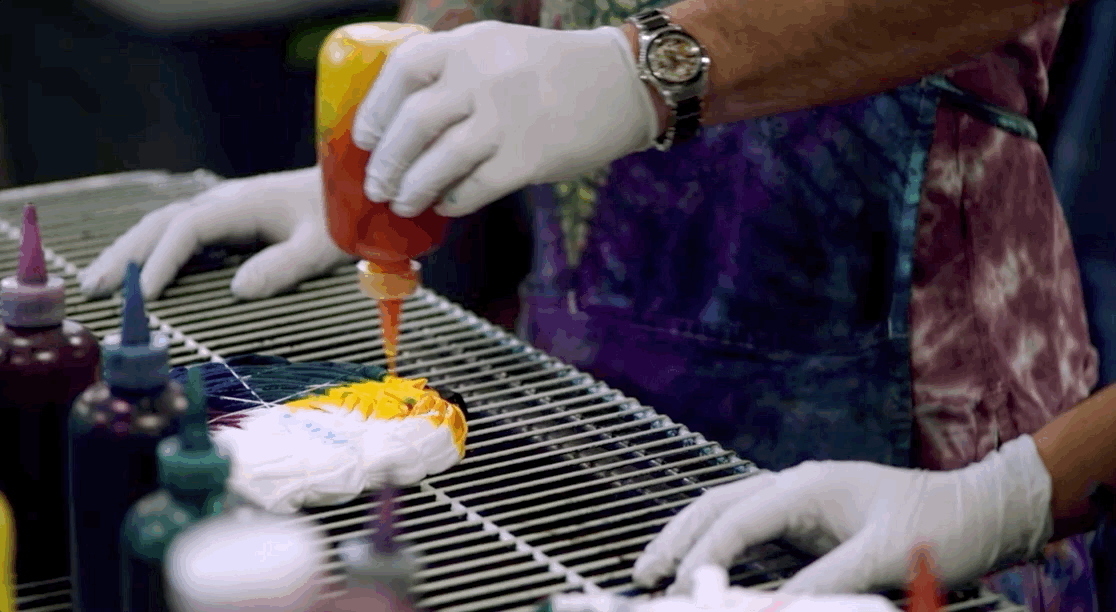


7- Leave to dry for up to 2 days.
8- Remove the rubber bands and unroll the shirt.
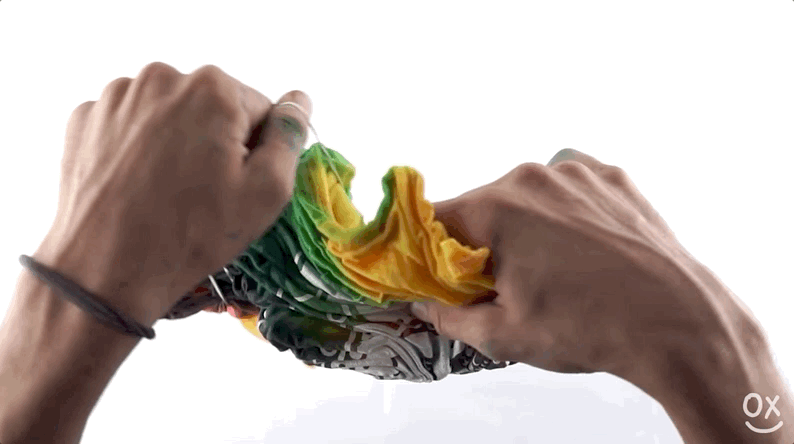
9- Rinse and check that the dye hasn't left the tee, then wash it in the washing machine.
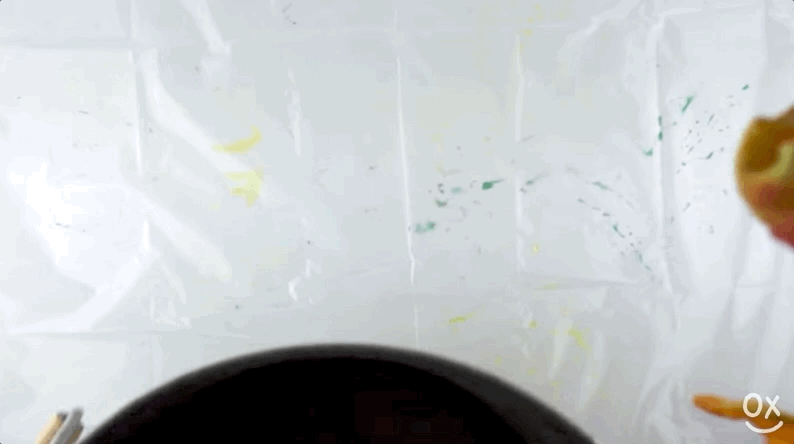
10- The shirt is ready to be worn.
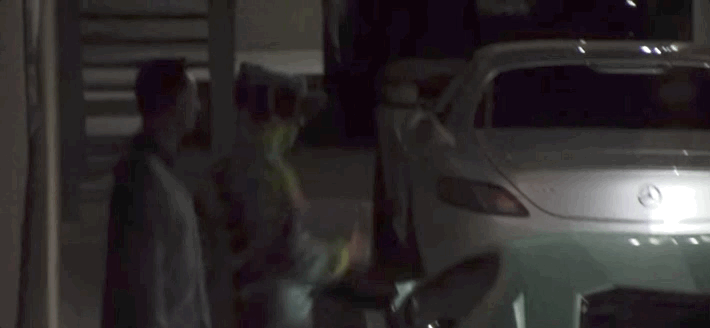





































.jpg)











































